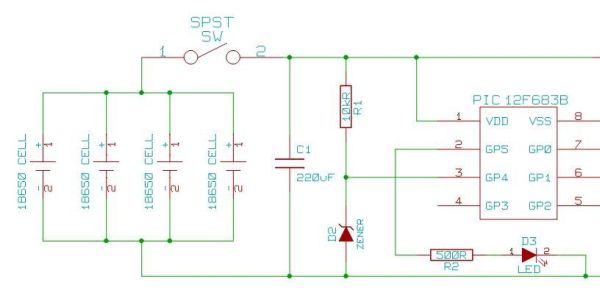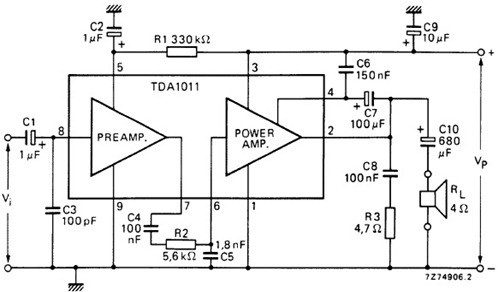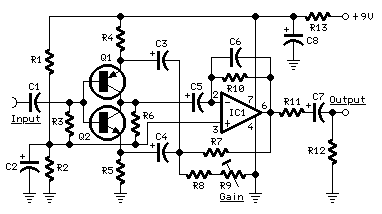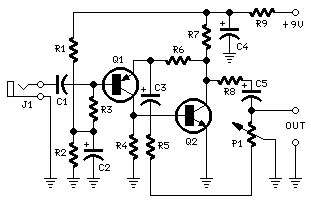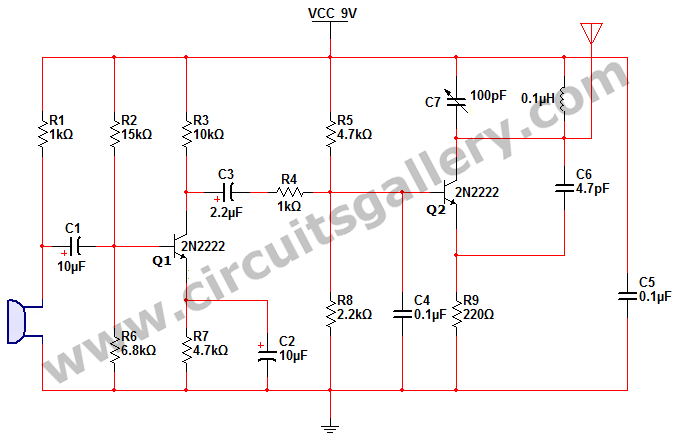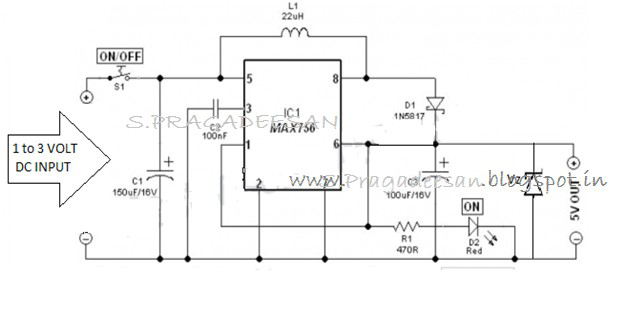
Vipor mutant portable HF/VHF/UHF
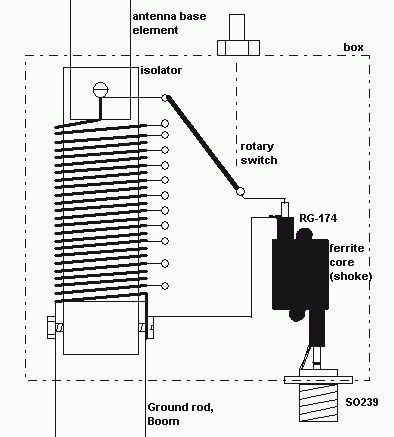
Most of us don't have the luxury of building a 1/4, 1/2 or even a 5/8 wavelength vertical antenna for HF. We have to settle for something a little shorter. (A lot shorter, in the case of people following the FCC's Part 15 rules, which limit them to 3 meters in size.) Shorter vertical antennas can give acceptable (but not spectacular) performance. More: I needed a highly (HF) portable antenna to use with my FT-817 which should have the highest possible frequency range (also VHF) and still compact enough to take along almost anywhere! The antenna should be versatile enough to allow further experimenting.
The design of a compact vertical antenna suitable for HF and VHF applications requires careful consideration of several factors, including physical dimensions, tuning capabilities, and overall performance characteristics. A common approach to achieving a shorter antenna while maintaining functionality is to utilize loading techniques, such as incorporating inductive or capacitive loading elements.
For a portable antenna intended for use with an FT-817 transceiver, a telescopic or collapsible design can be advantageous. This allows the antenna to be adjusted to various lengths, optimizing performance across different frequency bands. The antenna could be designed as a resonant vertical dipole or a monopole, depending on the specific frequency range of interest.
The base of the antenna should incorporate a robust ground plane to enhance performance, especially when operating in the lower HF bands. This can be achieved by using a series of radial wires or a metal plate that extends outward from the base of the vertical element. Additionally, a matching network may be integrated at the feed point to ensure impedance matching with the transceiver, minimizing SWR (Standing Wave Ratio) and maximizing power transfer.
For versatility, the antenna system could include a series of interchangeable loading coils or capacitors that allow the user to experiment with different configurations and frequency ranges. This modular approach would enable users to adapt the antenna for various operating conditions and bands, enhancing its utility for portable operations.
The construction materials should be lightweight yet durable, such as aluminum or fiberglass, to facilitate easy transport without compromising structural integrity. Furthermore, thoughtful attention to wind resistance and stability during operation in outdoor environments is essential for reliable performance.
Ultimately, this design aims to provide a practical solution for amateur radio operators seeking a portable antenna that balances size, performance, and versatility across HF and VHF frequencies.Most of us don`t have the luxury of building a 1/4, 1/2 or even a 5/8 wavelength vertical antenna for HF. We have to settle for something a little shorter. (A lot shorter, in the case of people following the FCC`s Part 15 rules, which limit them to 3 meters in size.) Shorter vertical antennas can give acceptable (but not spectacular) performance.
I needed a highly (HF) portable antenna to use with my FT-817 which should have the highest possible frequency range (also VHF) and still compact enough to take along almost anywhere! The antenna should be versatile enough to allow further experimenting, 🔗 External reference
The design of a compact vertical antenna suitable for HF and VHF applications requires careful consideration of several factors, including physical dimensions, tuning capabilities, and overall performance characteristics. A common approach to achieving a shorter antenna while maintaining functionality is to utilize loading techniques, such as incorporating inductive or capacitive loading elements.
For a portable antenna intended for use with an FT-817 transceiver, a telescopic or collapsible design can be advantageous. This allows the antenna to be adjusted to various lengths, optimizing performance across different frequency bands. The antenna could be designed as a resonant vertical dipole or a monopole, depending on the specific frequency range of interest.
The base of the antenna should incorporate a robust ground plane to enhance performance, especially when operating in the lower HF bands. This can be achieved by using a series of radial wires or a metal plate that extends outward from the base of the vertical element. Additionally, a matching network may be integrated at the feed point to ensure impedance matching with the transceiver, minimizing SWR (Standing Wave Ratio) and maximizing power transfer.
For versatility, the antenna system could include a series of interchangeable loading coils or capacitors that allow the user to experiment with different configurations and frequency ranges. This modular approach would enable users to adapt the antenna for various operating conditions and bands, enhancing its utility for portable operations.
The construction materials should be lightweight yet durable, such as aluminum or fiberglass, to facilitate easy transport without compromising structural integrity. Furthermore, thoughtful attention to wind resistance and stability during operation in outdoor environments is essential for reliable performance.
Ultimately, this design aims to provide a practical solution for amateur radio operators seeking a portable antenna that balances size, performance, and versatility across HF and VHF frequencies.Most of us don`t have the luxury of building a 1/4, 1/2 or even a 5/8 wavelength vertical antenna for HF. We have to settle for something a little shorter. (A lot shorter, in the case of people following the FCC`s Part 15 rules, which limit them to 3 meters in size.) Shorter vertical antennas can give acceptable (but not spectacular) performance.
I needed a highly (HF) portable antenna to use with my FT-817 which should have the highest possible frequency range (also VHF) and still compact enough to take along almost anywhere! The antenna should be versatile enough to allow further experimenting, 🔗 External reference
